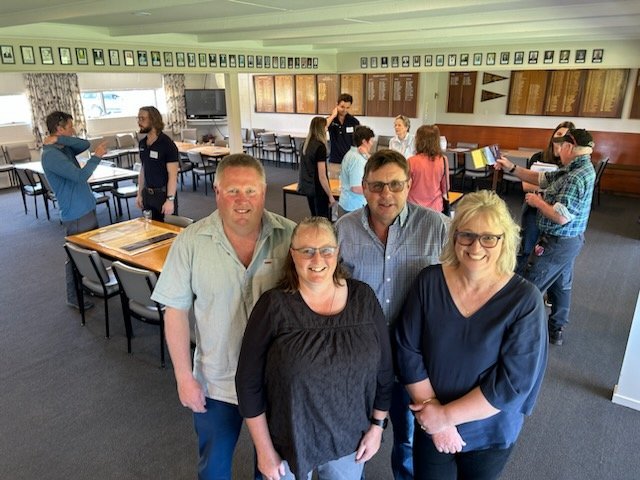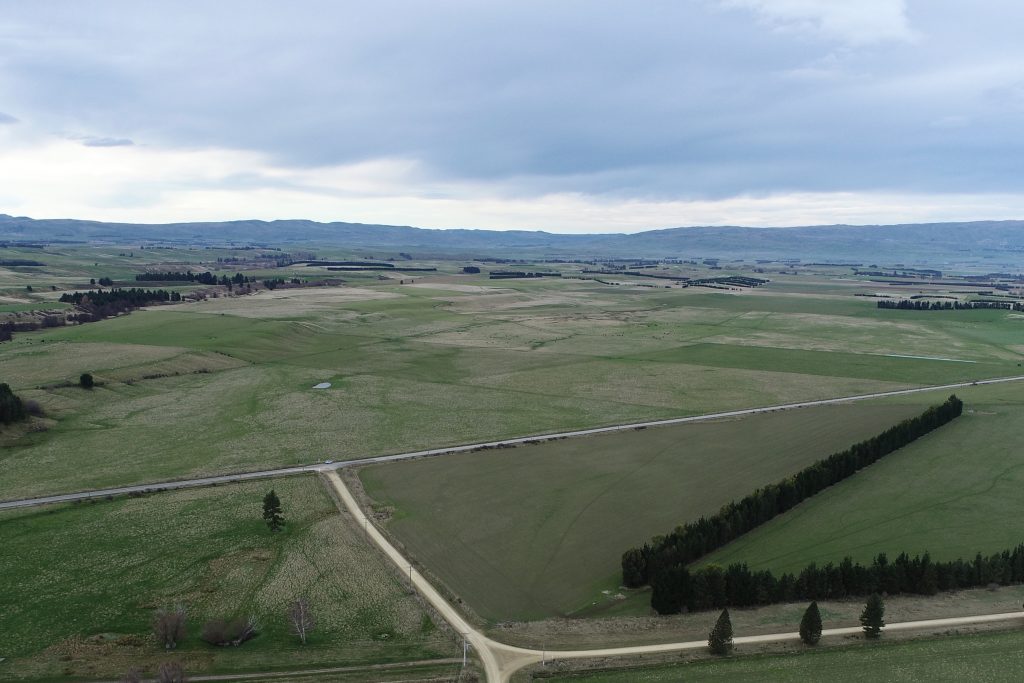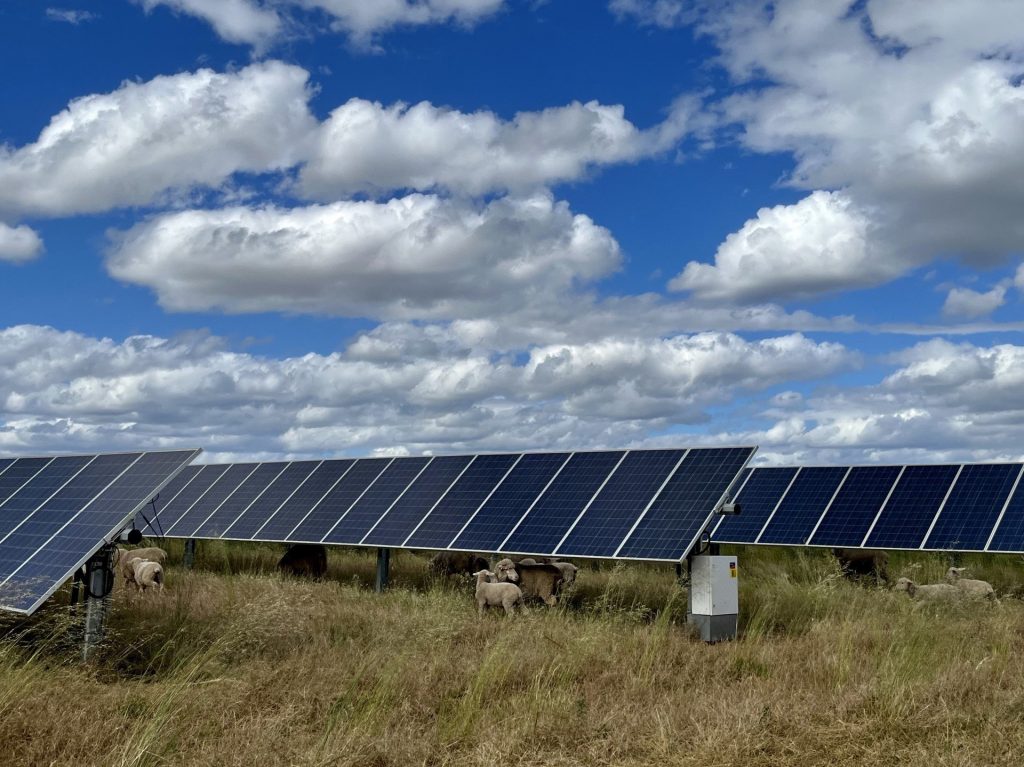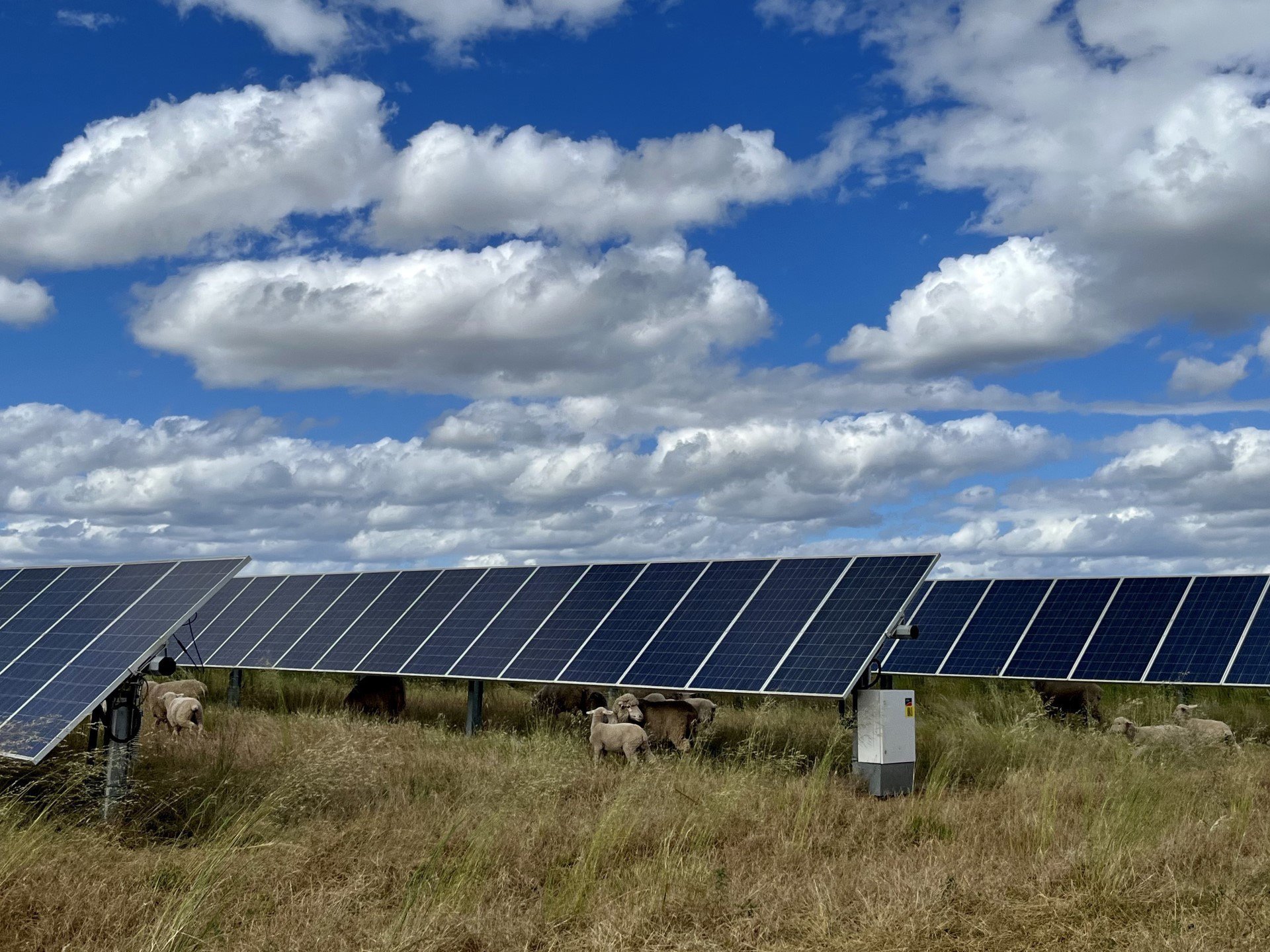Farming in the Maniototo conjures visions of sheep, cattle and . . . solar panels?
Siting an environmentally friendly electricity supply in the Maniototo drew people from around Central Otago to a drop-in session in Ranfurly last week.
Helios Solar plans to spend about $400 million creating a solar farm on farmland between Naseby and Ranfurly.
Maniototo farming couples Phil and Donna Smith and Geoff and Lauren Shaw said they were approached by the company about 18 months ago to lease their land.
It was not a difficult decision to make, Mr Smith said.
‘‘It’s got to happen, we need power.’’
The two couples would be able to continue to run sheep under the 500,000 panels on the land and it was likely grass production would improve with the shade from the panels.
‘‘The solar development helps us to continue to improve our environmental sustainability of our farming operations while also making an important contribution to the country’s renewable energy generation.’’
The land was not irrigated and was not highly ecologically sensitive, Mr Smith said.

Helios spokesman Jonathan Hill said when the solar farm was completed the total area covered in panels and plant — even if the panels were flat — would be about 35% of the site with 6m to 8m of space between each row of panels, leaving 60% of the site for planting and grazing.
The entire area would be deer fenced with native planting around it and a wetland would be developed within the site. The panels would be 2m high fully tilted. They would follow the sun and an electric motor would rotate the panels about 10 degrees every 15 minutes.
Solar electricity via photovoltaics (PV) is the generation of electricity from sunlight. PV cells are specially prepared wafers of silicon that absorb light energy (photons) and release electrons, that form an electric current.
The Energy Efficiency and Conservation Authority (EECA) said New Zealand generated about 1% of electricity using solar power. The decreasing cost of PV — which was expected to keep falling — meant solar could play a stronger role in our electricity grid as electrification intensifies. Forecasts suggest Solar PV could make up 6% of New Zealand electricity supply by 2035. Mr Hill said wind and solar generation were going to be needed in New Zealand.
Solar energy was referred to as “virtual rain”, as it generated the most electricity during long summer sunshine hours, saving hydro lakes for when the wind wasn’t blowing or the sun shining.

Solar farms were silent, produced no emissions, the panels were cleaned by rain and had no negative impact on the soil or groundwater. Solar was a relatively simple technology with few moving parts, the panels had a low profile and could be deployed quickly to meet national renewable energy targets, Mr Hill said.
The construction of the Maniototo solar farm was expected to take about two years and employ 300 people for about six to eight months at the peak of construction.
Housing those workers would be worked through with the community and the Central Otago District Council, he said.
The company was committed to using local services such as fencing, planting, quarries and foodaccommodation for workers during construction.
Long term there would be five to 10 specialist subcontractors needed to maintain and operate the solar farm and the surrounding land for the 35-year life of the solar farm and the company hoped they would be locally based.
Helios solar analyst Jackson White said there were fewer suitable potential solar farm sites than most people imagined.
Solar irradiance, or lots of sun, flat land, farmers willing to lease land and proximity to entry points on the national electricity grid all needed to line up, Mr White said.
Helios had four solar farms planned around New Zealand. One at Edgecumbe, near Whakatane, was going through the consent process and was expected to move to construction next year.

Two others in the North Island were at a similar stage to the Maniototo one.
The panels had a guaranteed life of 30 years, but could last longer, and the council could issue consent for a maximum of 35 years, after which the company would review the life of the panels and potentially renew the land use and reapply for consent, Mr White said.
Elias senior environmental planner Sarah Brooks said the consent application was expected to begin at the end of this year and construction to begin in 2026.
While most of the nearly 40 people who called in to the session supported the project, a group of neighbours of the solar farm were not happy.
Their concerns about the impact on their properties ranged from the heavy traffic required during construction to the glare from the glass panels.





